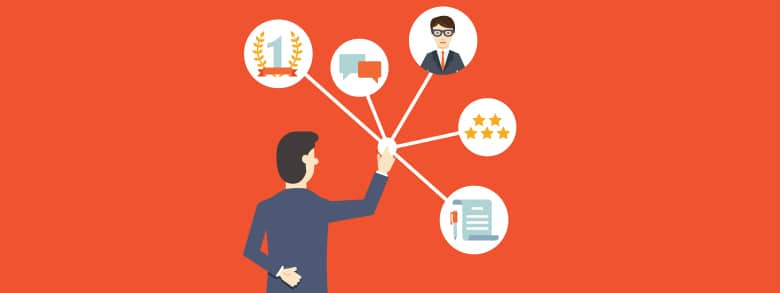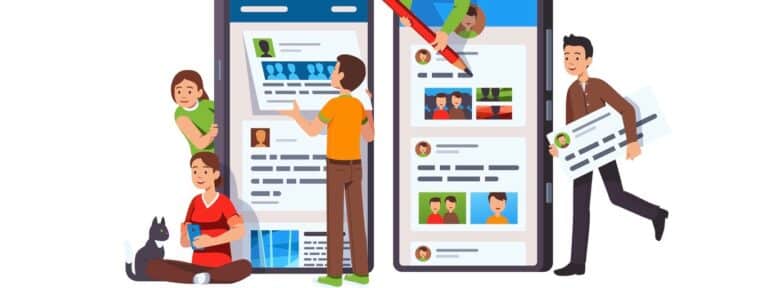I frequently compare various forms of media engagement to romantic interactions.
From a relationship standpoint, media impressions are like guys at a construction site whistling at women on the sidewalk – there’s no relationship there and there probably never will be. A comment on a blog or a follow on Twitter is the relationship equivalent to winks on match.com – you’re not sure who the person really is but, assuming they’re not a troll or a bot, you might be willing to meet for coffee.
And just like dating, true engagement doesn’t begin until you exchange enough personal information to build trust. In dating, it’s probably a phone number or your SnapChat handle; in business, it’s an email address or a credit card. Whatever it is, you need to reach a point when you’ve built up enough trust for the person to act – download or buy something, vote, donate, etc.
But no matter how you forge them, relationships are key to brand survival
It’s not hard to understand why. First there’s the decline in trust in the media. Then there’s the increased reliance on personal networks, like Facebook and Twitter, for information. Add in the importance of relationships when it comes to exercising influence, and you quickly come to the conclusion that, if your brand doesn’t have a relationship with a person, chances are you won’t have much success.
Nowadays, companies even have the ability to model data in order to measure relationship health. By studying purchasing habits and content consumption, brands can predict how often a consumer should be buying. If the customer doesn’t perform as expected, one can assume that something about the relationship may have changed.
While it won’t be long before an algorithm reporting on your relationships automatically pops up on a dashboard, that is still only a proxy for actual feelings. Sure, we will eventually have enough data to be a lot better about predicting behavior, but relationships are funny things; they are eternally evolving as new experiences and perceptions are added into the mix. “People,” as a former publisher of Fortune magazine (who happened to be my father) described them, “are unpredictable, cantankerous, capricious, motivated by innumerable conflicting interests, and conflicting desires.”
Relationships with clients, vendors, and employees are continuously tested by change, and unless you continuously measure the health and strength of those relationships and know what might weaken them, chances are there’s a breakup in your future. The good news is that relationship measurement is a science that’s been around for years.
Pioneered by James and Larissa Grunig of the University of Maryland, public relationship measurement is based on a set of statements that have been used and tested for years to evaluate the degree to which your stakeholders trust you and are satisfied and/or committed to the relationship they have with you. (They can all be found here.)
But before you say that you can’t afford more research, know that measuring relationships is sound business strategy.
What’s the cost of forgiveness?
That United video was horrendous, but my net-net is that my relationship with them (based on 1,000,000+ miles) means that I will fly them again. I also know that there are some rental car companies and retail chains that I won’t use no matter how much cheaper they are. The difference is in the relationship I have with each brand. It’s worth the cost of some research to know if your stakeholders will forgive you after a crisis.
Then there’s the price premium
For years, I worked with clients that wanted to “be like Apple” – in other words, they wanted to be able to charge a huge price premium because their products were so cool and innovative. Today’s version of that is buying local. People aren’t shopping at the local hardware store or the farmers market because it’s cheaper. It’s because they have a relationship with the people they buy from and want to support them.
By all means, you must measure your coverage, but the bottom line is that relationships matter more than ever, and the cost of measuring the health of yours is pittance compared to risk of not knowing.
For more on how to measure relationships, check out my discussion of it below.







